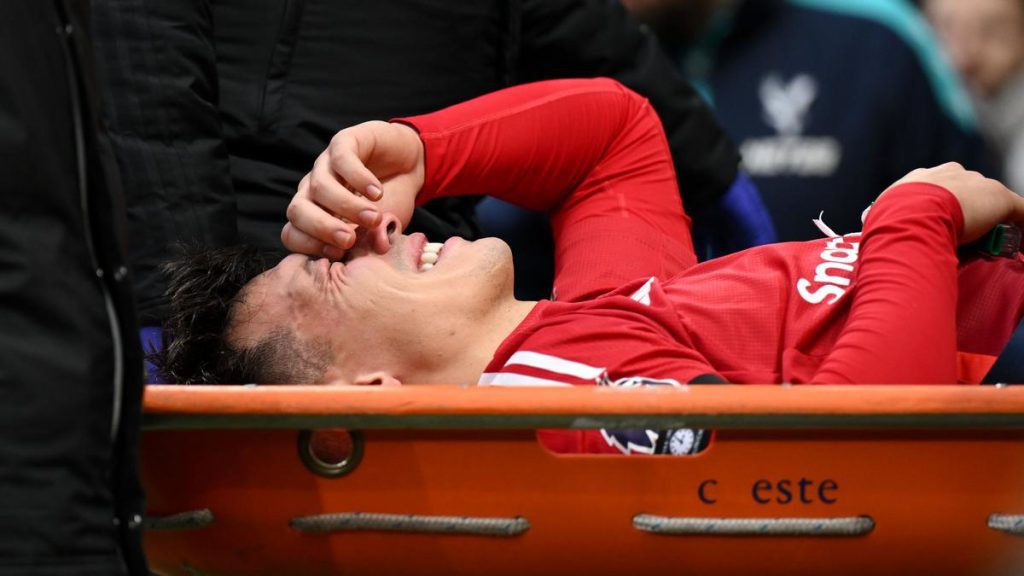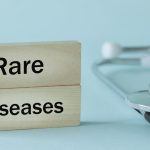On budgeting for health in India Premium


On budgeting for health in India Premium
(In the weekly Health Matters newsletter, wewrite about getting to good health, and staying there. You can subscribe here to get the newsletter in your inbox.)
Every year, public health activists look forward to the Union Budget, hoping for increased allocations for the health sector, a boost for primary health, a focus on prevention to help keep the population healthy and the strengthening of State-run healthcare institutions. And nearly every year, there is disappointment: once again this year, India will not be spending even 2.5% of the GDP on health. The Budget allocation this year, is ₹99,858.56 crore for health, an almost 10% increase over the previous financial year, but, adjusted for inflation, the increase is negligible.
While there are several welcome health-related schemes that have been announced, including health cover for gig workers under the Centre’s flagship Pradhan Mantri Jan Arogya Yojana (PM-JAY), exempting 36 life-saving drugs from custom duties, the addition of 75,000 undergraduate medical seats over the next five years and the setting up of daycare cancer centres at all district hospitals, an approach towards transformative health reforms that would substantially help decrease out-of-pocket expenditure on health and increase public use of government facilities, is missing.
Our experts break this down for you: Priyadarshini Singh points out that the National Health Mission, a government programme that covers urban and rural health, has had only a meagre 3.4% increase in allocations from 2024 (RE). Dr.J. Amalorpavanathan says more doctors (from more medical seats) does not automatically mean better public health. Unless the government plans to absorb a substantial number of doctors into public health — and there is no such indication — this will only help the private sector with a steady supply of cheap labour. ProfK. Srinath Reddy emphasises that overall, the Budget focuses more on delivering curative care than on health promotion and disease prevention. Christianez Ratna Kiruba and Kinshuk Gupta ask why there was no mention of disability in the Budget.
For a quick visual glimpse of what the Budget offers in health, do watch Bindu Shajan Perappadan’s video summary here.
Moving on to other health-related news from the week, the World Health Organization has recommended the use of lower sodium salt substitutes, to reduce sodium intake to less than 2 g a day. Why is salt important, and why has salt again become a vehicle to bring about sweeping public health behaviour change? Ramya Kannan has the answers here. How we eat has become increasingly important today — and if you need any convincing on that front, do read this analysis that found one in every two people in the country had a lifestyle disorder. It’s no wonder that the Economic Survey 2024-25 highlighted the need to levy higher taxes on ultra-processed food.
Here’s a quick recap of the situation in Pune, where a large cluster of Guillain-Barre cases has erupted: cases have risen to 163 as of February 3, while the number of suspected deaths stands at five. Water samples are being tested in all affected areas and the Union Health Ministry is reviewing the situation, even while Telangana and West Bengal have reported suspected cases. For an explainer on what this rare, autoimmune neurological condition is, do listen in to mypodcast on the subject, read our editorial, and also take a look at Monojit Debnath and Madhu Nagappa’srevelations from research on this subject.
It’s also World Cancer Day today, and Siddharth Kumar Singh tells you why India’s cancer crisis demands people-centric care and ethical reforms. Dr. C. Mallikarjuna details how AI holds promise for urological cancer diagnosis and care, and this webinar decodes advancements in cancer care.
India apart, there have been health developments in the rest of the world too — following U.S. President Trump’s suspension of all foreign aid to other countries pending a review, the supply of drugs for HIV, malaria and tuberculosis, as well as medical supplies for newborn babies, in countries supported by USAID around the globe, is set to halt. A waiver for life-saving humanitarian assistance was subsequently issued, but the suspension could have devastating consequences for millions battling health conditions, as an open letter written to Mr. Trump by TB-affected communities from around the world says. Meanwhile, the World Health Organization’s chief asked global leaders to lean on Washington to reverse President Donald Trump’s decision to withdraw from the U.N. health agency.
For our tailpiece this week, here’s Afshan Yasmeen explaining how Karnataka’s historic move to implement the Supreme Court ruling allowing terminally ill patients to die with dignity will help those with no hope of recovery.
If you have a few minutes to spare, do dive into some of our explainers:
Dr. C. Aravinda explains how cancer registries work and why they are important
R. Sujatha brings to light the gender disparity in health-seeking as seen in cataract surgeries
Sandeep Sarma Asodu writes on the promise of RNA therapeutics for retinal diseases
Shivang Tripathi and Karishma Kabadwal say that the time has come for the government to address the challenge of increasing elitism in the field of mental health of workers
On the declining population of south India and its impacts, there is this podcast, while Serena Josephine M. presents the picture in Tamil Nadu
What is being done about leprosy in India? This is the Central government’s strategy and this is the story of how Karnataka is tackling the disease
Dinesh S. Thakur and Prashant Reddy T. explain the challenge faced by State governments in regulating the health hazard posed by alcoholic tinctures marketed in India as homoeopathic remedies
And R. Prasad decodes a study of childhood obesity which found that socioeconomic status significantly modulates the inherent genetic susceptibility to obesity
For many more health stories, head to our health page and subscribe to the health newsletter here.










